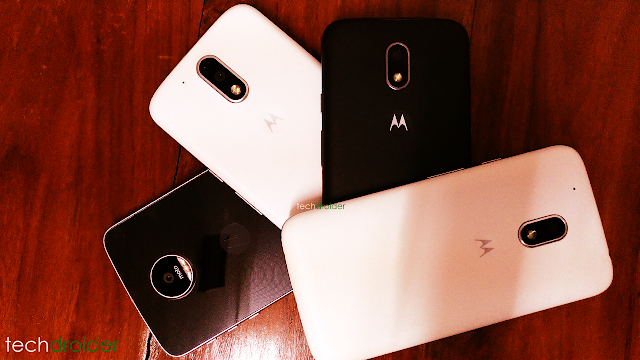on
Want to improve your customer satisfaction rates? Use session replay tools for a faster, smarter way to solve all your digital client issues.
Imagine you’re working at a customer service help desk for a website. A customer calls in, saying they are having an issue with a transaction. You try to access their session, but you can’t because you don’t have instant access. Not only that, your company’s Internet speed has suddenly dropped considerably as the number of content downloads has greatly increased. Overall, the customer gets a negative experience, most likely gives up on the transaction, and you feel frustrated because you couldn’t do anything to help that customer.
However, there are now session replay tools being introduced for companies that allow instant replay of session, and allow for more real-time customer support. These tools are essential for businesses that want to improve their customer service experience because of their speed, ease of use, and ability to identify where behind the delays reside. As you will see, they are a great investment for many businesses, and their usefulness will only increase in the future.
How Session Replay Tools Work
Session replay tools mean that within just a few seconds of an action taking place on your website, the data is stored for analysis. If a customer calls and reports a problem, there’s no need to create a new trail in order to understand how they got to the page that is giving them trouble, and you will be able to connect quickly with someone in a different department of your company to find the best way to solve the problem for the customer. The easier it is for you to solve the customer’s problems, the more satisfied they will be, and the more profitable your company will be.
Speed Up your Service
As mentioned earlier, a lot of the service you need to provide to your customers happens over an open Internet line. This slows down response times, makes it harder for immediate tracking, and just slow down business productivity in general. If your business invests in a leased line, it would give your company a devoted Internet connection which only they would use. This, in turn, would mean faster response speeds when using session replay tools to provide customer service, and would always ensure that your business gets instant updates about all website-related activity. A leased line can be a very worthwhile investment for your company.
If your business is stuck because of customer service, it’s time to find a way out. Put these session replay tools to action: with the stored data that can be used for a variety of specific analysis, your company can quickly get a handle on what is preventing visitors from converting into customers or clients. Being able to track the customer experience as it happens gives staff members a chance to understand the website issues from the customer’s perspective. When you employ these resources, you can reduce the time it takes to help customers, cut down the number of customers who need assistance, and find the root of any issues slowing you down. The faster you can improve the digital customer experience, the sooner you will see an improvement in your end results.












